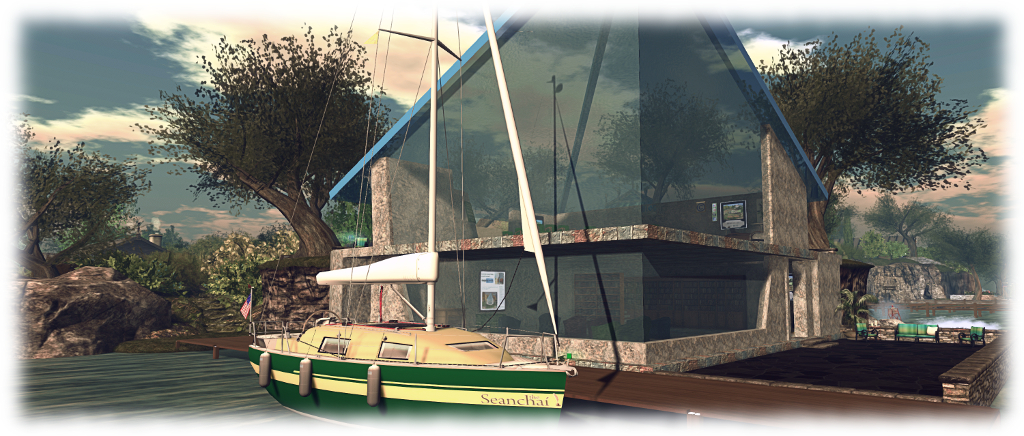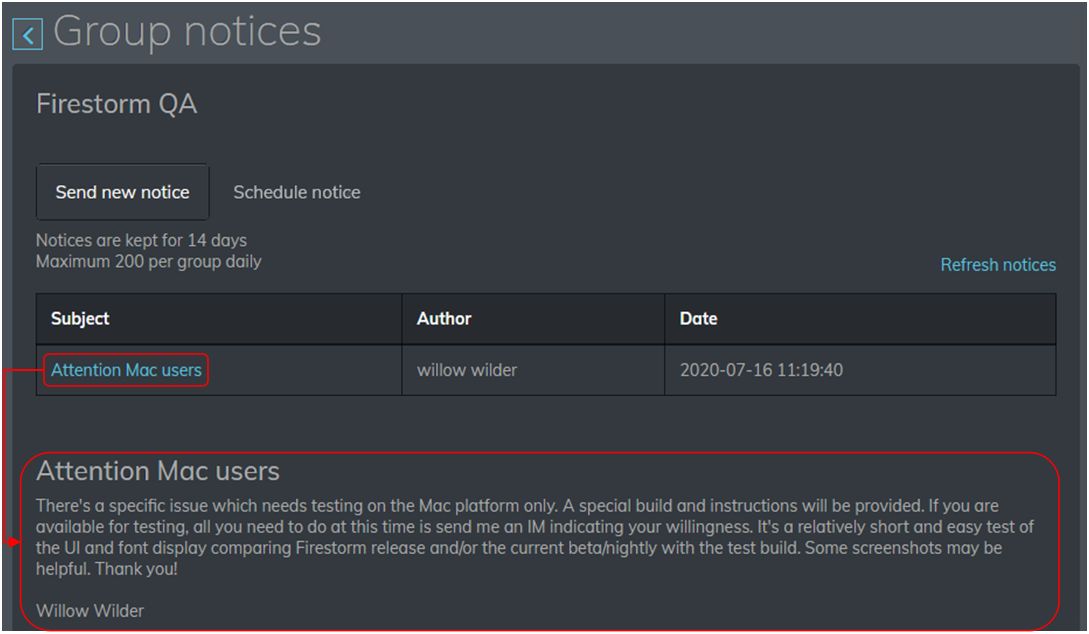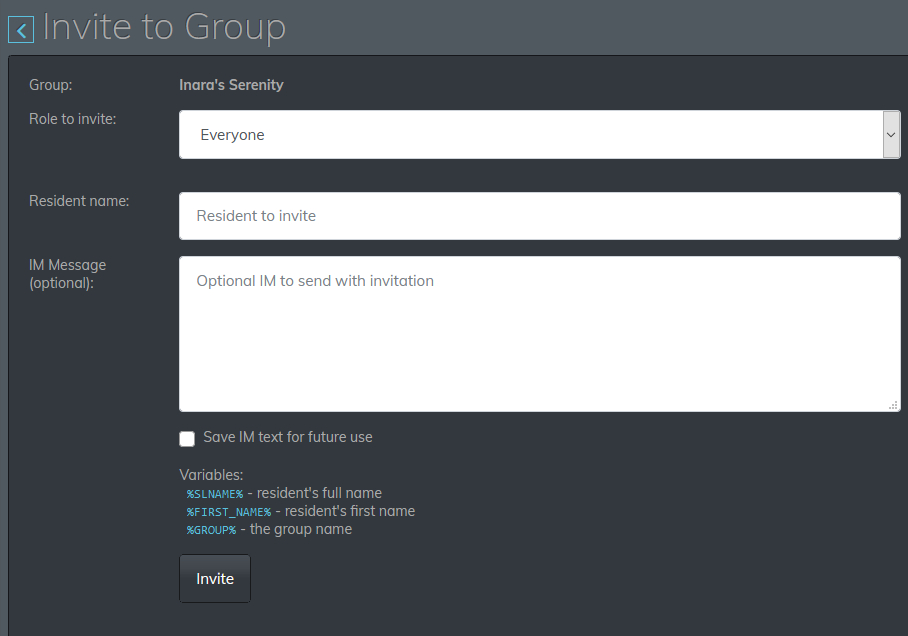
late July and early August mark the period of the 2020 Mars opposition launch window, once again offering opportunities to send missions to the Red Planet. This period occurs once every 26 months, when the orbits of Earth and Mars are both on the same side of the Sun (so Mars and the Sun are on “opposite sides” of Earth, hence the name “opposition”) and positioned relative to one another (with Earth “catching up” with Mars as they both move around the Sun) such that the flight time from Earth to Mars is at its shortest – around 6-7 months.
Because of this, these periods tend to be fairly busy, and 2020 is particularly so, with three missions heading for Mars. The most prominent of this missions in terms of publicity is NASA’s Mars 2020 Perseverance rover, scheduled for a July 30th 2020 launch. The second is China’s ground-breaking orbiter / lander / rover mission (of which more below), whilst the third – and first to launch – is possibly the most overlooked of the three: the Hope, or Al-Amal, orbiter mission developed by the United Arab Emirates.

Hope is a remarkable mission for the UAE; the mission was announced in 2014, literally as the country formed its fledgling space agency, employing just 75 people – a number that has since grown to 150. At that time the UAE had developed and flown – in partnership with other nations – a total of 5 communications satellites and two Earth observation platforms, so the idea for the country’s new space agency setting its sights on Mars was seen as incredibly ambitious.
However, over the course of the last six years the United Arab Emirates Space Agency (UAESA) has worked steadily on the the project, and has drawn on space development expertise in France, Japan, the UK and USA both for its own development and for the Hope spacecraft, moving the project forward and at minimum cost – just US $200 million.

Roughly cubic in shape, Hope measures 2.37m wide and 2.90m in length and has a mass of just under 1.4 tonnes (including its propellant fuel load). Solar-powered, it is billed as the “first true weather satellite for Mars” and is intended to develop a complete picture of the Martian atmosphere.
To do this, the satellite has a primary mission period of a full Martian year (approx. two terrestrial years), with the option for mission extensions through to 2025. During this time, the spacecraft will study the Martian climate and weather on a daily basis from a 55-hour equatorial orbit around the planet that will vary between 20,000 and 43,000 km from the planet’s surface. This high orbit will afford it the best view of weather patterns in both the northern and southern hemispheres, and observe how weather patterns interact along the equatorial regions of the planet. In particular, Hope will be able to study seasonal weather / climate cycles and record weather events in the lower atmosphere such as dust storms, and the weather at different geographic areas of Mars.
To achieve this, the mission carries a relatively modest number of science packages compared to other missions, comprising:
- The Emirates eXploration Imager (EXI): developed with assistance from two US research facilities, this is a multi-band camera capable of taking high resolution images with a spatial resolution of better than 8 km. Equipped with a set of 6 filters, it can image in both RGB colour wavelengths and in the ultraviolet bands, and measure properties such as water, ice, dust, aerosols and abundance of ozone in the Martian atmosphere.
- Emirates Mars Infra-red Spectrometer: developed with the assistance of the Arizona State University, this is an interferometric thermal infra-red spectrometer. It is designed to examine temperature profiles in the Martian atmosphere and record ice, water vapour and dust in the lower to mid-level of the atmosphere.
- Emirates Mars Ultraviolet Spectrometer (EMUS): is a far-ultraviolet imaging spectrograph for measuring global characteristics and variability of the Martian thermosphere.
As well as carrying out a genuine science mission that will produce data that will be of significant use for future missions up to and including eventually sending human to Mars, Hope is also seen as an inspirational programme intended to “send a message of optimism to millions of young Arabs” and encourage them to consider careers in science, technology, engineering and maths (STEM).
Nor, given the traditional conservative nature of Arab nations, is this inspirational element of the mission directed solely at young men: the deputy project manager and lead science investigator for the mission is Sarah Amiri, who is also is the Chair of the United Arab Emirates Council of Scientists. She has managed the mission’s objectives and overseen the development and integration of the mission’s science packages, and and will continue in that role throughout the mission. Her role is seen as pivotal to encouraging other Arab nations in allowing women greater access to leadership roles and in encouraging young Arab women to consider STEM-based studies and careers.

Continue reading “Space Sunday: a Martian Hope and Heavenly Questions”











